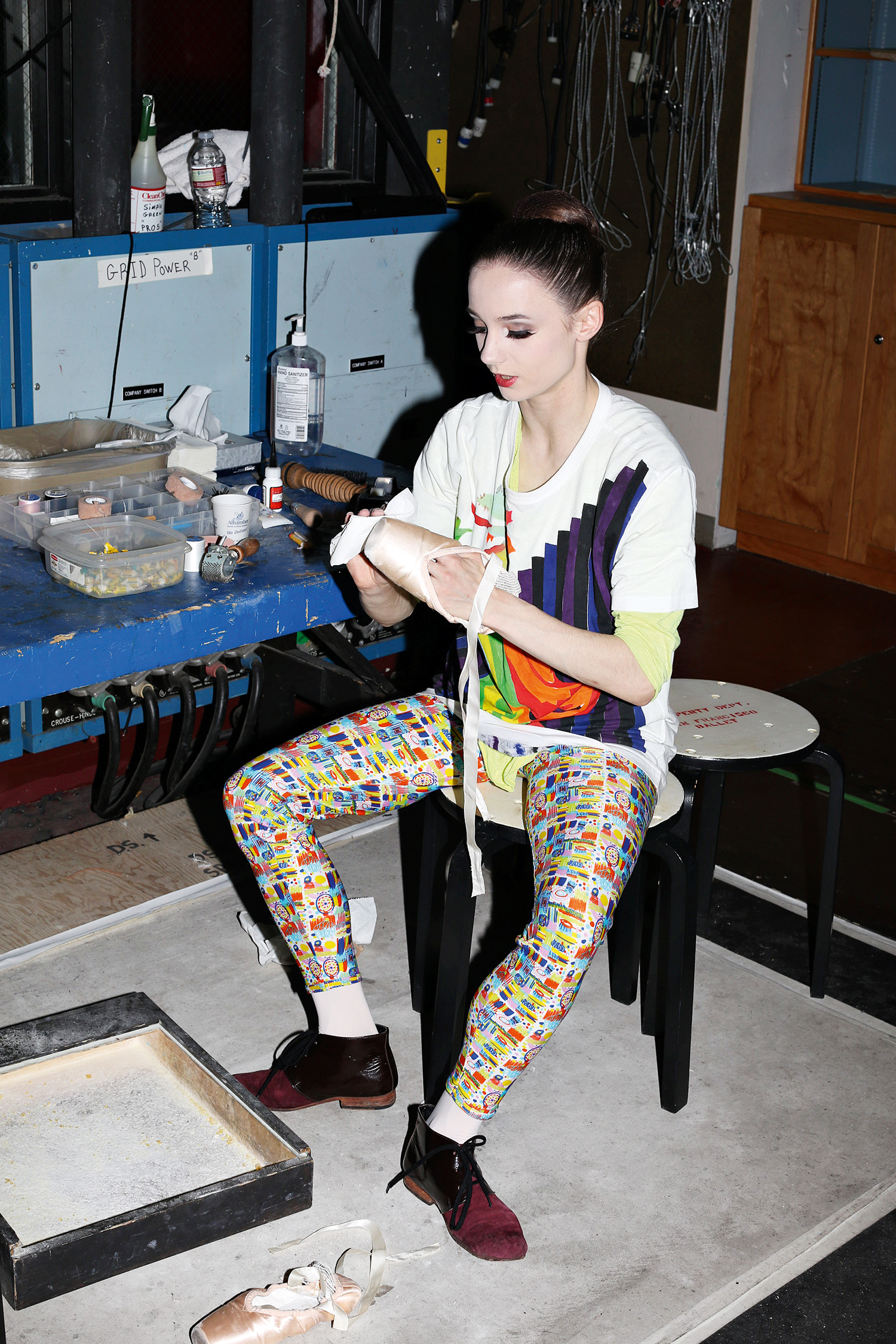Purple Magazine
— F/W 2013 issue 20
Maria Kochetkova
 Maria Kochetkova
Maria Kochetkova
San Francisco’s principal ballerina
interview and photography by ANNABEL MEHRAN
ANNABEL MEHRAN — How did you start dancing?
MARIA KOCHETKOVA — I was doing figure skating and rhythmic gymnastics, and it was my parents’ idea for me to go to ballet school. I didn’t like it at first. I saw myself as a professional athlete, and ballet felt very girly.
ANNABEL MEHRAN — Was it harder than you thought?
MARIA KOCHETKOVA — Yes. From the moment I got into the Bolshoi, which was almost impossible, it was work from the first day. We were never treated as kids. It was the hardest eight years I’ve had so far. I remember thinking: Why are they being this horrible to me? I’m just 13 years old.
ANNABEL MEHRAN — Were there other subjects to study in addition to ballet?
MARIA KOCHETKOVA — We also had…